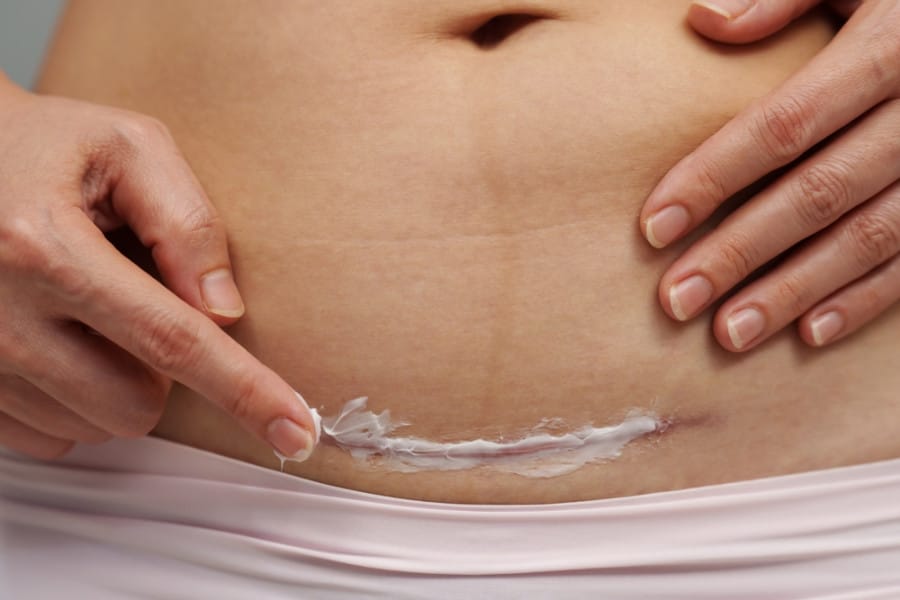Best Advice To Cure Your C-Section Scars
In the United States, approximately one in three live births is delivered by cesarean section, commonly known as C-section. Following an initial C-section, there is a high likelihood that any subsequent children will also be delivered via C-section, resulting in noticeable scars.
In this article, Dr. Joel Aronowitz will discuss the various types of incisions used for C-sections, what to do immediately after a C-section birth, and potential solutions for unappealing or problematic scars.
The Different Kinds Of Incisions Used For C-Sections
There are three locations where an OB-GYN may make the incision for a C-section. One is on the pubic mound, approximately halfway through the mound. The second site is at the top of the pubic hairline, and the third is a vertical incision rather than a horizontal one.
The most common site for a C-section is just above the pubic hairline. Ideally, the OB-GYN will cut through the scar from the first C-section to deliver a second, third, or later child through another C-section.
It’s not uncommon for a horizontal C-section scar to create a “panis,” or a kind of overhang. This occurs because the bottom of a horizontal C-section incision will heal down to the muscle, while the top will only heal through the skin.
What Women Can Do To Prevent A C-Section Scar
Dr. Joel Aronowitz advises women who know in advance that they will have a C-section to have a discussion with their OB-GYN about who will perform the closure after the procedure. It is important for expectant mothers to inquire about who will be handling the closure after their C-section, whether it will be the doctor or an assistant on their team. It is crucial to communicate concerns about the scar’s appearance to the delivering physician.
The incision for a C-section can be closed with staples instead of sutures. Dr. Aronowitz suggests that sutures are preferable, but staples are acceptable if they are removed within seven to 10 days. After the removal of staples or sutures, applying silicone cream twice a day for three to six months can help minimize redness.
Dr. Aronowitz emphasizes the importance of keeping the C-section incision moisturized while it heals. Products without perfumes such as CeraVe and Cetaphil often work well, but it is essential to perform an allergy test by applying a small dot of the product on the skin before using a larger amount over the scar.
It is possible to have a C-section scar without having the actual C-section. This rare condition is caused by hyperkeratosis, which is an overgrowth of the skin, and can be prevented with the application of prescription steroid skin creams.
See Your Plastic Surgeon About Problem Scars
If a scar becomes thick or raised, Dr. Aronowitz advises patients to seek a consultation sooner rather than later to discuss options for reducing the scar.

















